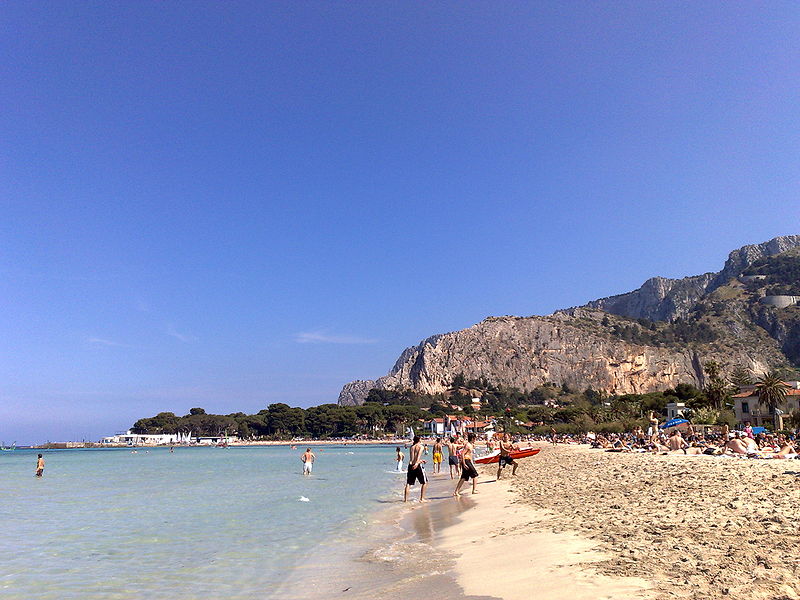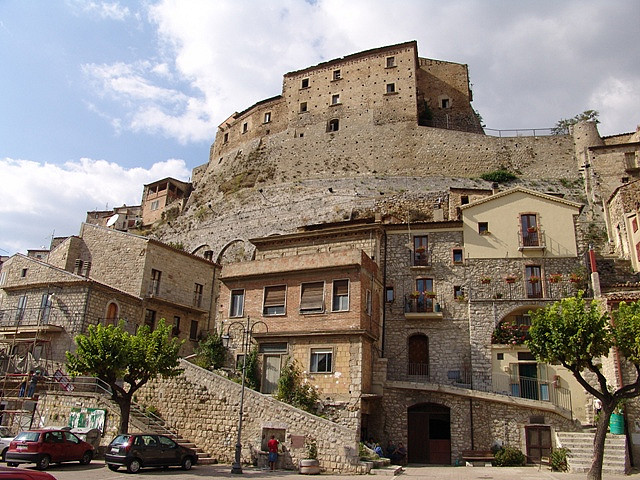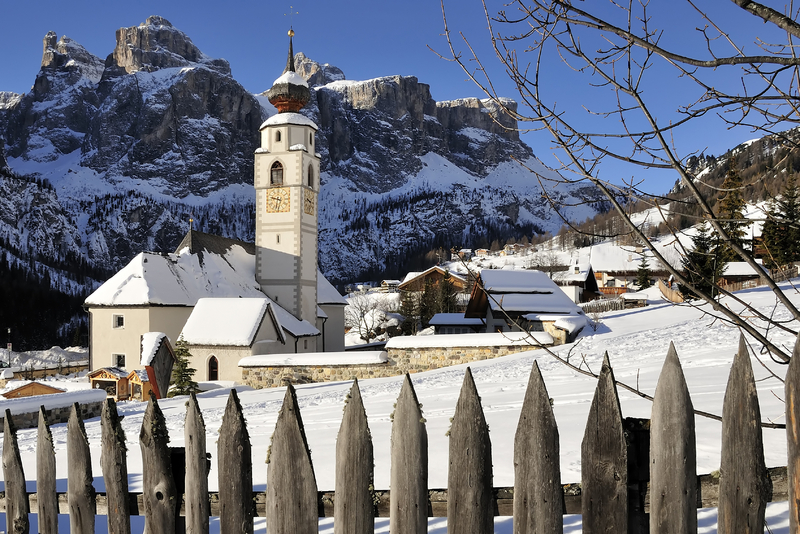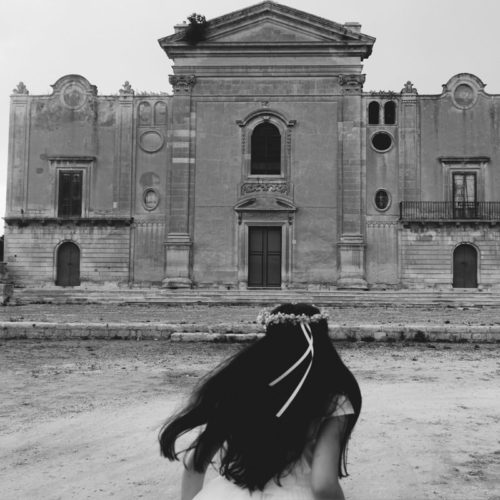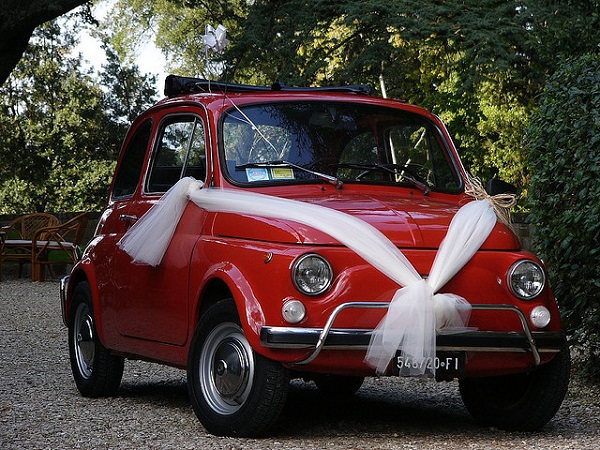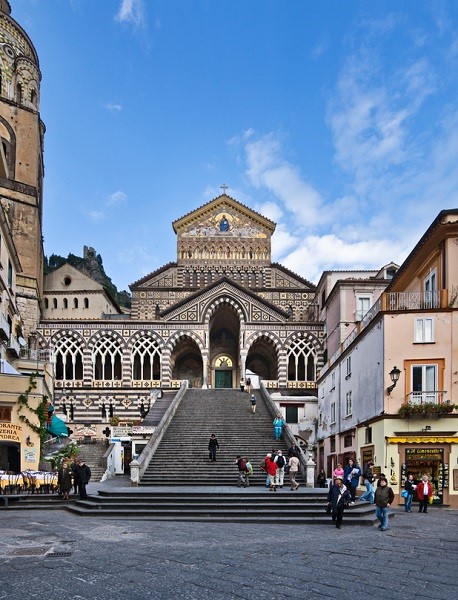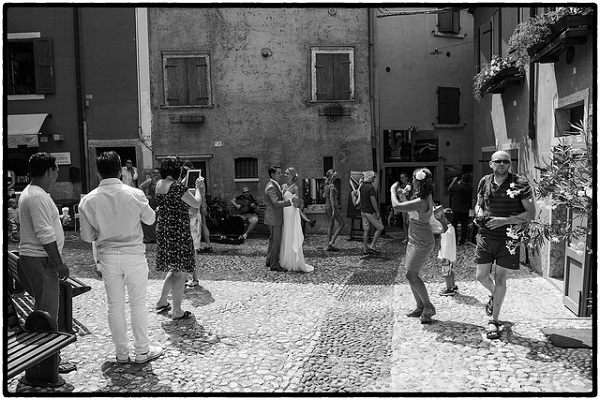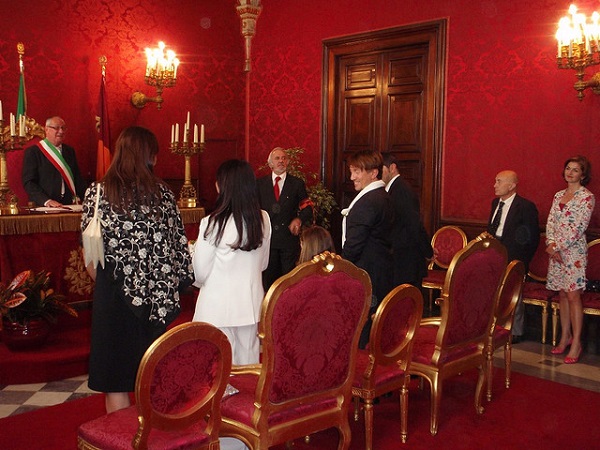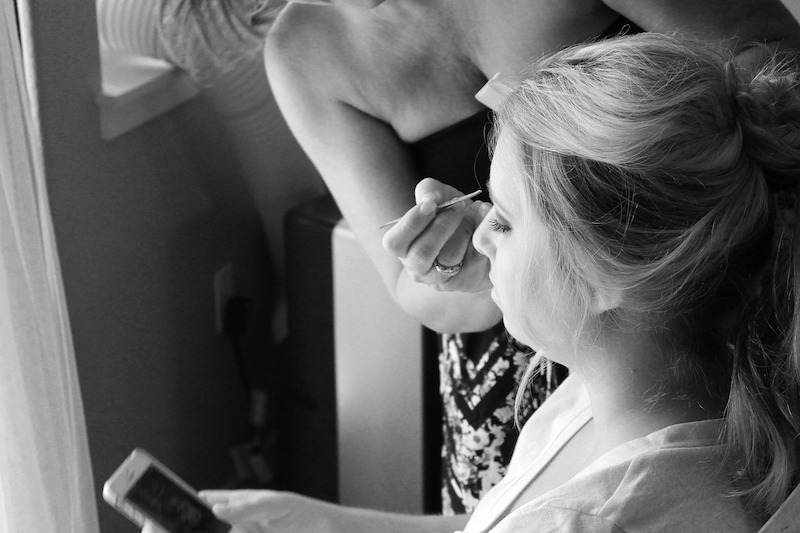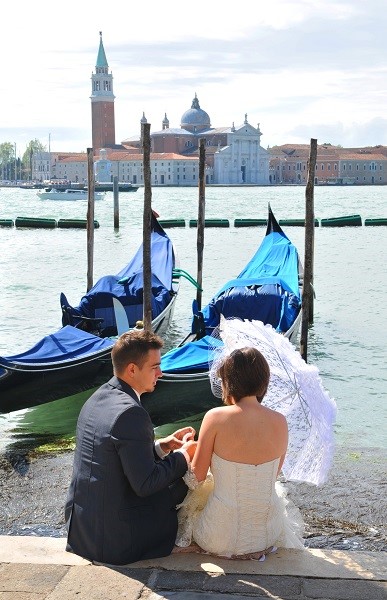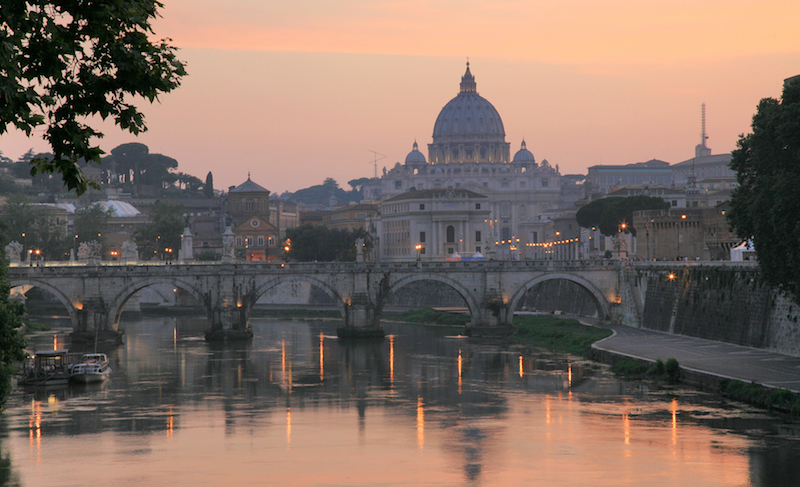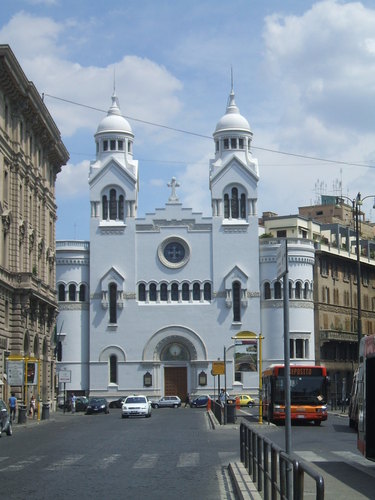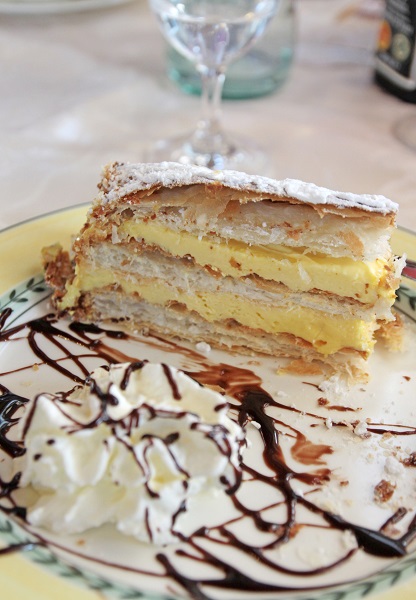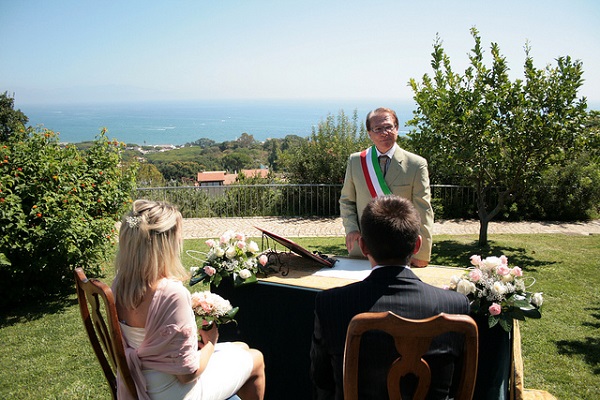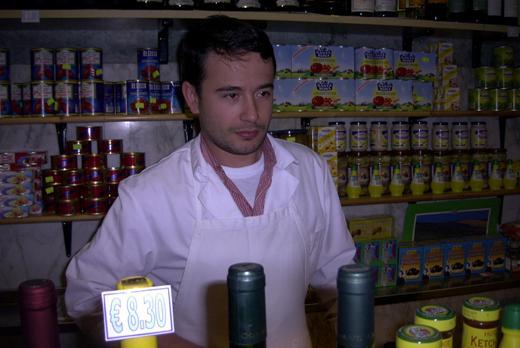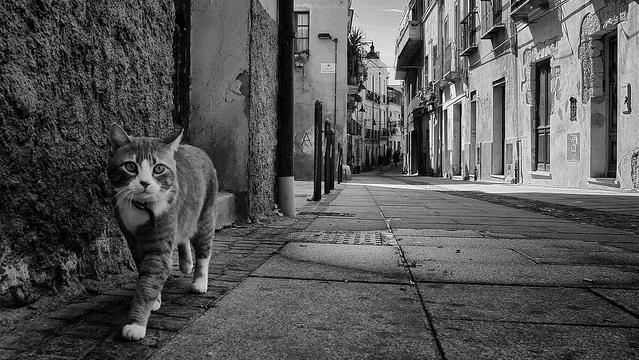Catholic wedding ceremonies are legally recognized in Italy, which means you won’t need to worry about a civil ceremony.
Nevertheless, there is a certain amount of documents and specifications you need to take care of to marry with the Catholic rite. As already mentioned when discussing Protestant and other non-Catholic religious ceremonies, according to Catholicism (and Orthodox Christianity) marriage is a Sacrament and not a simple ceremony, hence the need to submit specific documentation and regulations. A certain level of “preparation” to the Sacrament of Matrimony is needed for Catholics: but this is the same everywhere in the world so, if you’re a Catholic yourself, you’re probably aware of this already.
Let’s take a look at the requirements and documents you’ll need to prepare to get married with Catholic rite in Italy.
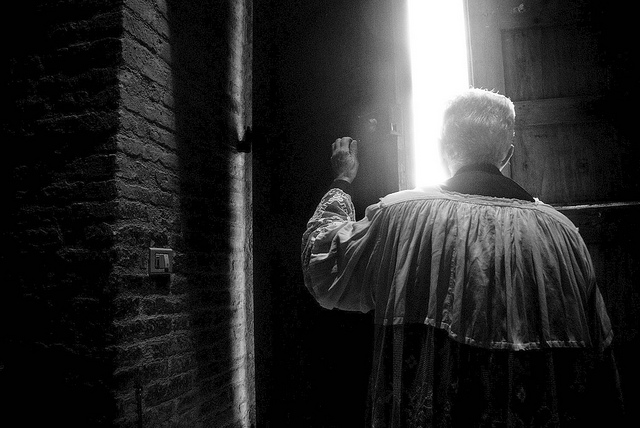
the documentation for your Italian Catholic wedding (Leonora Giovannazzi/flickr)
The Documents
Admittedly, there is a bit of leg work to do in preparation of a Catholic wedding, but much of it can be done from home, with the help of your local parish priest and within your diocese. Before anyhting else, make sure you have a copy of you passport and of your birth certificate ready to add to your documentation: those are always needed anyway.
Specifically required for a Catholic wedding are:
- Certificates of
-
- Baptism
- First Communion
- Confirmation
-
These are the Sacraments you, as a Catholic, should already have. All you need to do is to request certifications to your parish and get them stamped by your local Bishop’s office. In case the originals are not available for some reason, you’ll need certified copies, stamped and sealed by your bishop.
- A formal declaration from your parish priest or “padre spirituale” (pastoral advisor) confirming both bride and groom are active members of their Catholic community. The document should state clearly that the couple has the intention to get married with a Catholic ceremony in Italy; if you already know where you’re going to tie the knot, it may be useful to insert the name of the parish and the date of the ceremony in the document. This letter is very important, because it basically let the relevant religious authorities (the Curia) know you are ready to get married and that you’ve fulfilled all the requirements needed to do so under Catholic regulation. The declaration has also to declare you followed and completed your parish’s pre-nuptial course. If you were given a certificate, it should be added to documentation.
- A Nihil Obstat: this is an official document from the bishop of your home dioceses stating that there are no impediments to your marriage. The letter should include the name of the church in Italy you decided to get married in, as well as the date. This document is extremely important because it is legal proof to Italian Church Authorities that your local Curia is ok with you getting married. Pardon the easy going language here, but that’s probably the best way to put it!
- Your original Pre-Nuptial Inquiry Form: this document is issued by your local bishop or archibishop and filled by you and your partner with your local parish priest.
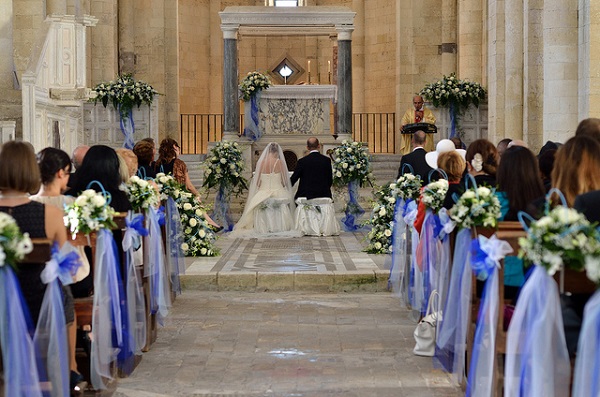
Ph. flickr/Patrizio Boschi
…What if
- You are divorced: the Catholic Church does not allow divorced people to marry with a Catholic rite, unless the previous marriage has been annulled by the Holy Rota, the Holy See Tribunal.
- One of you is a Catholic and the other isn’t: the Catholic Church allows you to marry a non-Catholic, provided some extra documents are obtained and presented to the diocese under which you wedding should take place. Your local parish priest’ll be helpful with this: what you need to do is to contact your local diocese and ask for a document, sealed or stamped by the Bishop’s office, stating that a marriage of mixed religion can take place.
Some destinations
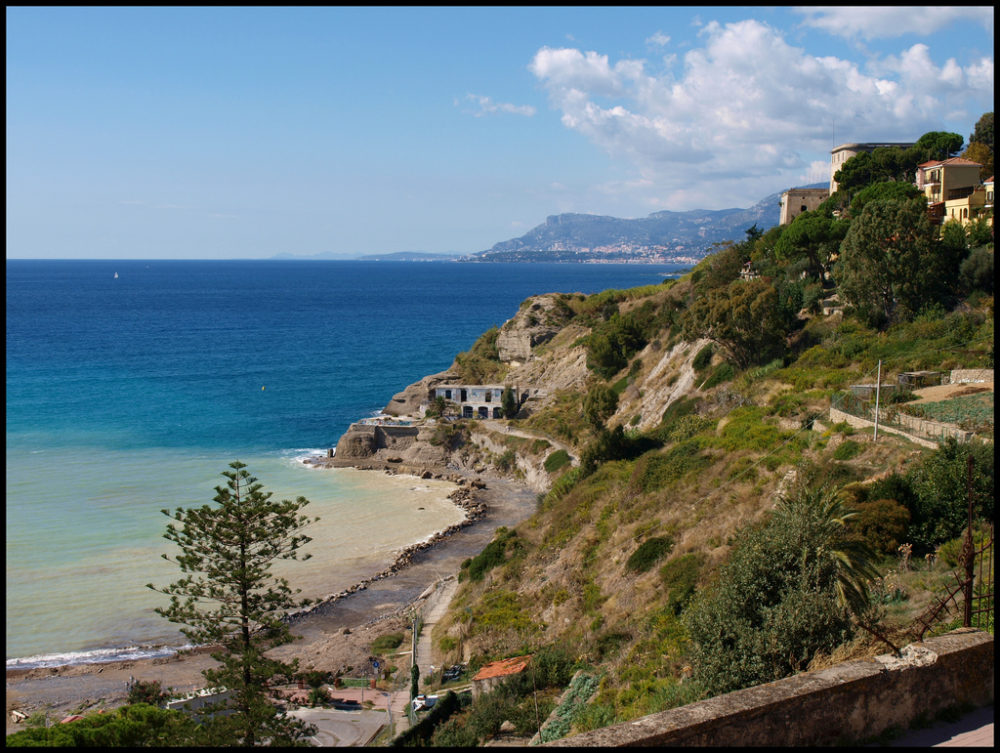
(Emilius da Atlantide/flickr)
The sky is your limit here, as you can choose any church you like, really. Of course, it is to the parish’s discretion whether to accept your request or not, but there are usually no problems at all. The only real issue may come in case your choice falls upon a very busy church, in which case you may have to “queue” to get married and wait for the first date available, rather than choose the date yourself. This is true especially for larger towns or particularly touristy areas. In some parts of the country, dioceses have put limitations to non-Italian citizen weddings within their jurisdiction because of the incredibly high number of requests, which could no longer be accomodated, so be aware of this possibility. In recent years, both the city of Venice and the Amalfi coast became for a time off-limits to non-Italians, at least as a Catholic wedding location.
But Italy is all beautiful and it’s a Catholic country so there is an enormous wealth of places to choose from. You could go for something classic, at least for non Italians, and choose Tuscany, Umbria or Rome. Sicily may also be a popular destination. If you want to try something less cliché, you may look into having an Alpine wedding and check out, for instance, Trentino Alto-Adige and Valle D’Aosta.
If you want to have an idyllic wedding in the Italian countryside without necessarily having to deal with all the tourists of Tuscany, try the Piedmontese Langhe. The Ligurian Coast could also be an amazing location, which is, however, not always taken into consideration by foreign tourists.
Always keep in mind that your ceremony very likely won’t be in English, unless you look for a priest who can speak English himself. This may not be hard, especially if you’re getting married in larger cities. In Rome, it should most definitely not be a problem. However, you may like to look into the option to get an interpreter for the ceremony.

